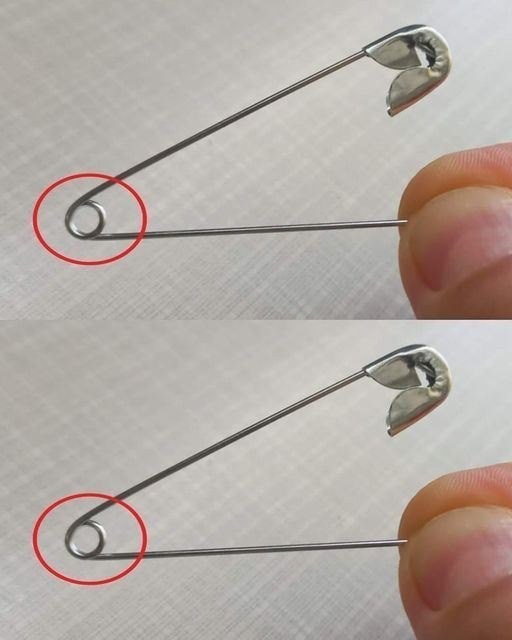ADVERTISEMENT
Many People Don’t Know This Ancient Sewing Secret: A Timeless Trick for Perfect Stitches
Sewing has been around for thousands of years, evolving from simple, hand-stitched repairs to the highly advanced techniques we use today. But even with all of the modern tools and gadgets available to today’s sewists, some ancient sewing secrets still hold up, providing practical, time-tested methods for improving your stitching.
One of the most surprising and valuable sewing secrets that many people don’t know about involves a simple technique passed down through generations. This ancient trick can elevate your sewing skills, ensure your stitches are cleaner, and give your creations a professional finish.
Curious? Let’s explore this timeless trick and why it’s still so useful in today’s world of sewing!
The Secret: Threading Your Needle the Ancient Way
One of the most overlooked aspects of sewing is how you thread your needle. Sure, we’ve all been taught the basics—cut the thread, insert it through the eye of the needle, and start stitching. But the ancient secret involves a unique method for preparing your thread, ensuring it doesn’t tangle or fray, and allowing for smoother, more precise stitching. This technique, passed down through cultures, is a simple, but effective, way to prevent frustration while sewing.
How It Works: The Ancient Threading Method
Instead of simply cutting the thread and pulling it through the needle’s eye, try this technique for a cleaner, more effective thread:
- Wax the Thread: This trick comes from ancient times, where seamstresses would often rub a bit of beeswax (or a similar substance) along the thread before threading it through the needle. Waxing the thread prevents it from tangling and fraying, making it much easier to work with.
- How to Do It: Simply rub a small piece of beeswax along the length of the thread. You don’t need to overdo it—just a light coating will work wonders.
- Use a Needle Threader (If Needed): While threading your needle manually is the traditional way, some people find it difficult, especially with smaller needles. In ancient times, needles were crafted with larger eyes, but in today’s world, using a needle threader can help, particularly for fine or delicate threads.
- A threader ensures the thread goes through the eye smoothly, saving you time and effort.
- Cut the Thread at an Angle: This tip goes hand-in-hand with the waxing method. After you’ve rubbed the wax on your thread, use sharp scissors to cut the thread at a slant (instead of straight across). This angled cut helps the thread glide more easily through the needle’s eye, reducing the chances of tangling and making it more manageable.
- Thread with Patience: If you struggle to thread your needle, try using good lighting or a magnifying glass. Ancient seamstresses didn’t have the convenience of modern technology, so they often relied on patience and precise work. A steady hand and good lighting can go a long way toward making your sewing experience smoother and more enjoyable.
Why This Ancient Trick Still Works Today
- Prevents Fraying: The wax coating on the thread prevents it from unraveling, which can be especially helpful when using delicate fabrics or threads that tend to fray easily.
- Reduces Tangles: The wax also helps the thread glide more smoothly through the fabric and needle, reducing the likelihood of it tangling or knotting up mid-project.
- Stronger Stitches: By waxing your thread, you’re actually strengthening it, making it less likely to break during sewing. This is particularly useful for heavy fabrics or when making seams that will undergo a lot of stress.
- Improved Precision: When your thread is less likely to tangle or fray, you’ll have more control and precision, giving your work a neater finish and a more professional appearance.
- Less Frustration: Let’s face it—threading the needle can be one of the most frustrating parts of sewing. Using this ancient trick makes it easier, so
